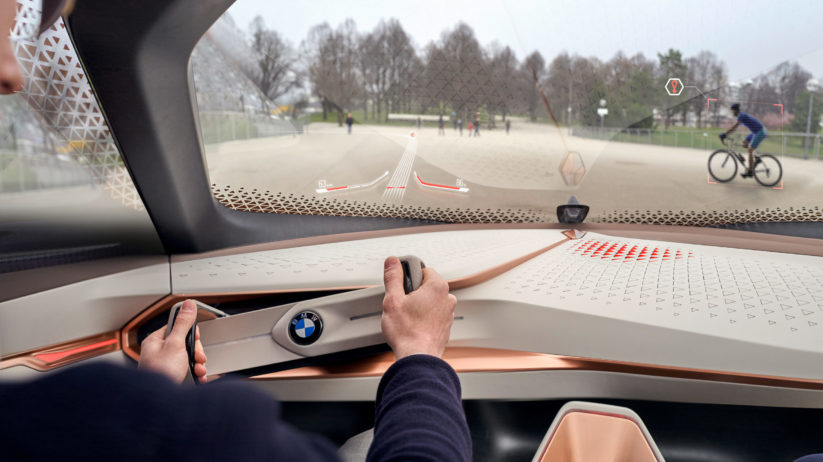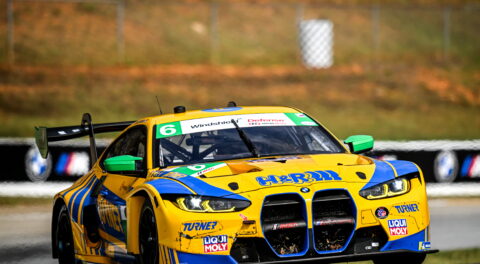From Knight Rider’s K.I.T.T. to The Love Bug’s Herbie, pop culture has shown us that Hollywood’s self-driving cars may be way cooler than today’s, but they’ve also created unrealistic standards for the automotive industry in the process. Of course, we’re unlikely to have those same death-defying gadgets in our hybrid anytime soon, but BMW’s recent patent has taken the first step towards that traffic-free utopia we’ve seen portrayed on the big screen.
The realism in imagined autonomous vehicles is almost nonexistent, which is to be expected. While they’re obviously for entertainment, their sometimes outlandish gizmos can still make engineers crazy. Level five autonomous driving, which the National Highway Safety Administration (NHTSA) defines as having zero driver input whatsoever, is an engineering milestone that they’ve (loosely) predicted to arrive sometime after the year 2025. Of course, this level of automation is easier imagined than applied, which has had some automakers reconsidering the possibility of universal Level five automation altogether, due to the complexities of real-life driving situations.
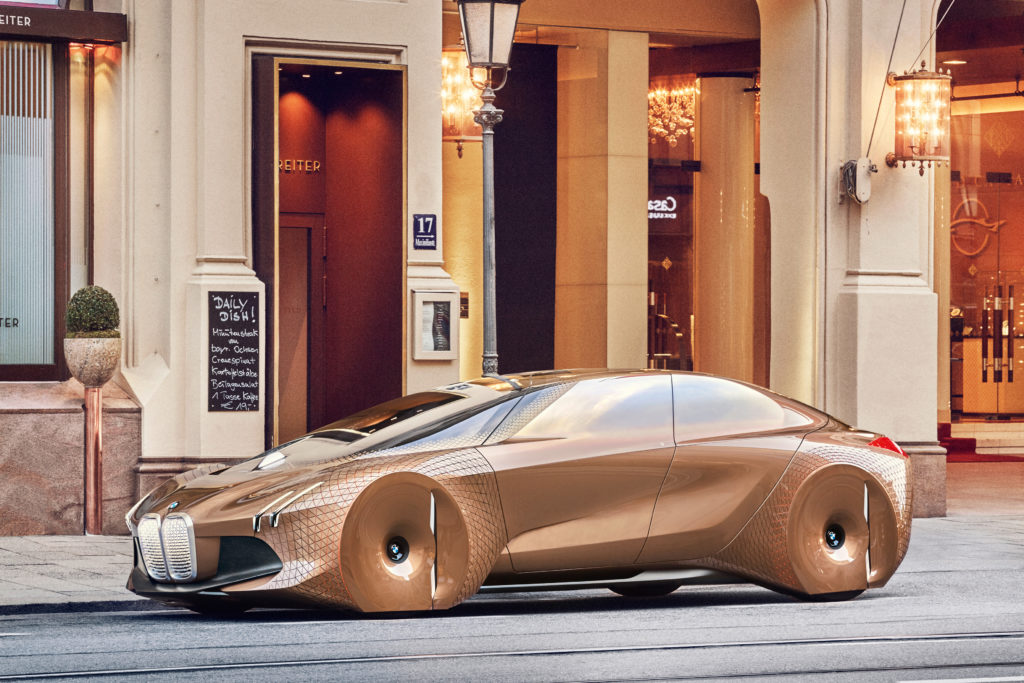
While engineering a vehicle sans manual controls (and steering wheel) with Level five autonomous capabilities is still a goal we’ve yet to accomplish, level three and four autonomous vehicles, which would still require some driver input, are certainly more attainable at the moment.
BMW is on the cusp of doing just that, with level three-capable vehicles joining the lineup in 2021, thanks to the brand’s highly-anticipated iNext launch set for next year. Currently, the Bavarians have prioritized the production of level three technology for their upcoming EV lineup, but that hasn’t stopped them from looking even farther ahead into the future. While level four of automation will still require a steering wheel to be present in the vehicle in the event that the driver must manually regain control of the car, level five automation will not show as much of a need, if at all, for means of control.
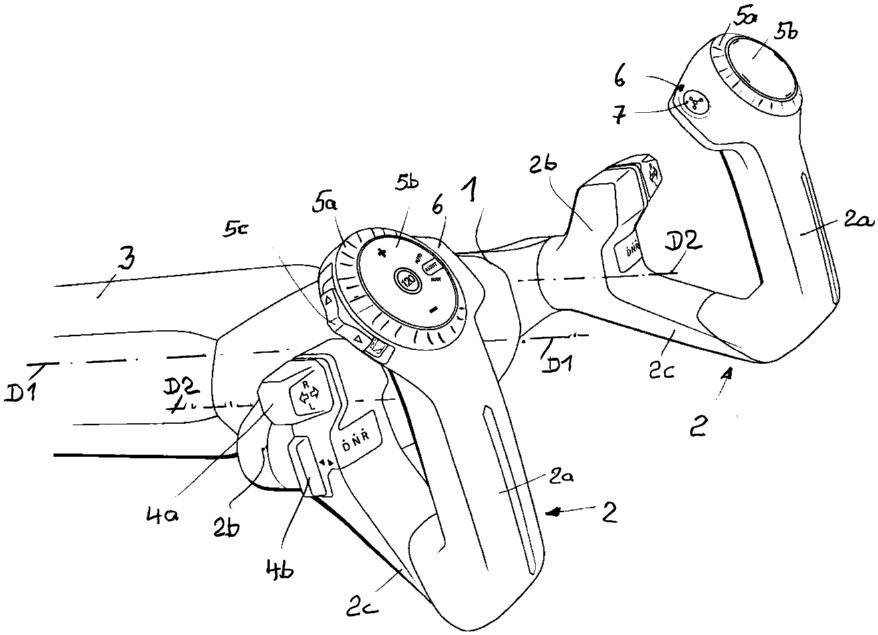
Eagle-eyed enthusiasts on the i4Talk forum have allegedly uncovered BMW’s plan for just that, discovering a patent that the german automaker has reportedly filed for a peculiar joystick-styled steering device intended for future applications on its autonomous vehicles.
The original patent blueprint, transcribed here in German, shows a steering device similar to the control wheel or yoke used by pilots for fixed-wing aircraft. Despite looking rather futuristic and revolutionary, it appears the patented design may also be more functional. Enthusiasts have entertained the possibility of the joystick receding into the dash when the car is in autonomous mode, in order to save space. Others have commented that the design could allow for a greater range of motion should the driver have to regain control and set the vehicle on another path of travel, something that would not be achieved with a standard steering wheel with a single degree of motion.
The blueprint also shows a sort of dial atop the left and right joysticks, which presumably correlates to either the autonomous settings of the vehicle, or as a tamer explanation, its speed settings. Closer inspection of the blueprint, however, shows that the design still includes familiar features, such as turn indicators and even a gear selector.
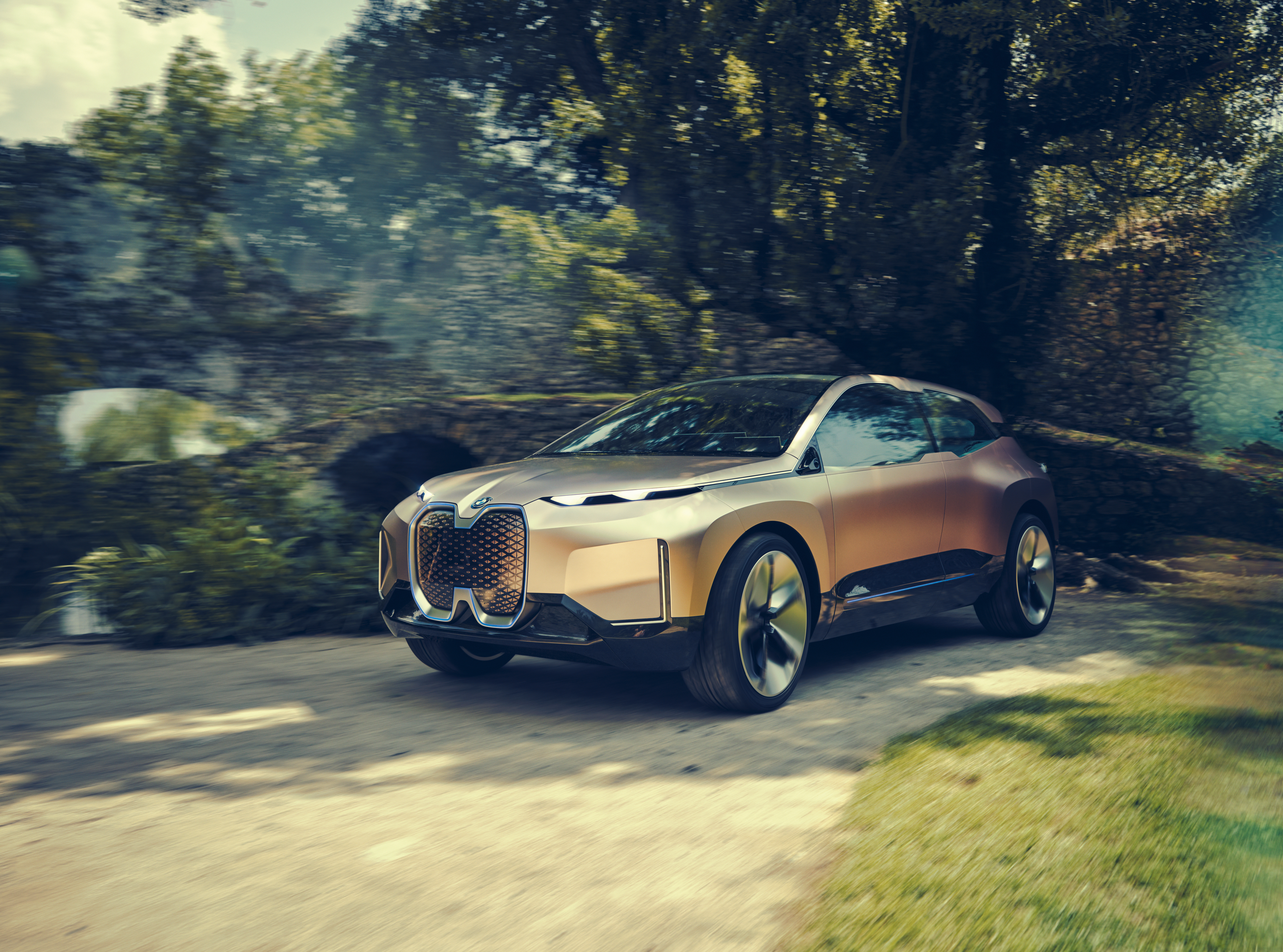
While it remains a mystery as to whether or not we will ever see something like this affixed to a BMW in the future, it is encouraging to know that the company is taking steps to not only advance our knowledge of autonomous driving, but to also pioneer it, providing strong competition to the luxury EV niche-specialized brands like Tesla. With the possibilities endless at this point in our history, only time will tell if we see our driverless future come to fruition.—Malia Murphy
[Photos courtesy PatentScope, BMW AG.]

